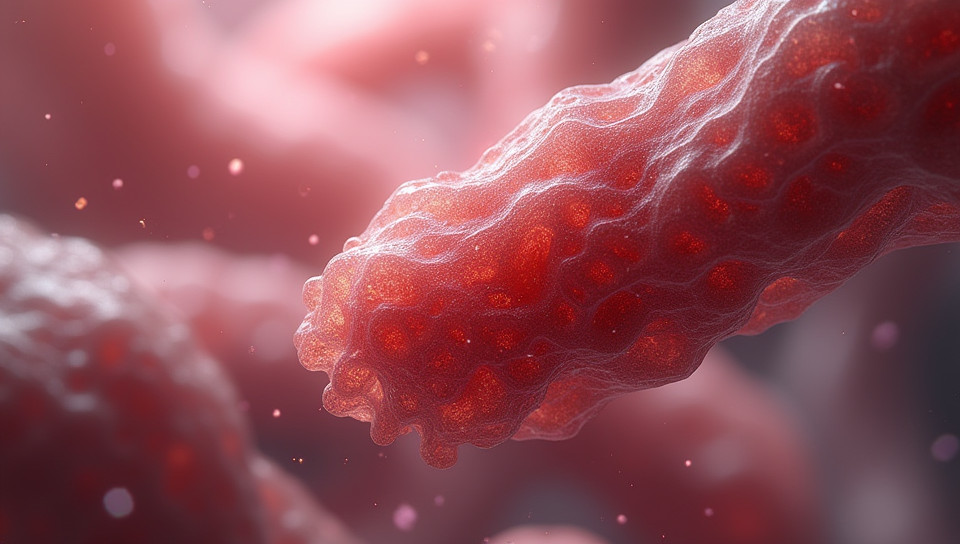Inadequate vascularization of engineered tissues can occur 96%

Inadequate Vascularization of Engineered Tissues: A Critical Challenge
As we continue to push the boundaries of regenerative medicine and tissue engineering, one fundamental challenge remains at the forefront of our minds: ensuring that engineered tissues receive adequate vascularization. This critical aspect of tissue development is often overlooked, yet it plays a vital role in determining the long-term success of these constructs.
The Importance of Vascularization
Vascularization refers to the process by which new blood vessels form and integrate into existing tissues. In the context of engineered tissues, inadequate vascularization can lead to a range of problems, including limited nutrient and oxygen delivery, increased cell death, and reduced tissue function. This, in turn, can compromise the overall viability and efficacy of these constructs.
Current Challenges in Vascularization
There are several challenges associated with achieving adequate vascularization in engineered tissues, including:
- Limited understanding of the complex interactions between cells, growth factors, and extracellular matrix that regulate vascularization
- Difficulty in replicating the intricate structure and function of native blood vessels
- Insufficient control over angiogenic processes, leading to unpredictable outcomes
Strategies for Improving Vascularization
Despite these challenges, researchers are actively exploring various strategies to improve vascularization in engineered tissues. These include:
- The use of bioactive scaffolds that promote cell proliferation and differentiation
- Delivery of growth factors and other signaling molecules to stimulate angiogenesis
- Development of microfluidic devices that mimic the conditions found in native blood vessels
Future Directions
As we move forward, it will be essential to integrate these strategies into a comprehensive approach that addresses the complex needs of engineered tissues. This may involve developing novel biomaterials, refining our understanding of vascular biology, and leveraging advances in computational modeling and simulation.
Conclusion
Inadequate vascularization remains one of the most significant challenges facing tissue engineering today. By acknowledging this issue and working together to develop innovative solutions, we can move closer to creating functional, viable constructs that have the potential to transform patient care. As researchers, clinicians, and engineers, it is our collective responsibility to prioritize vascularization in engineered tissues and push the boundaries of what is possible.
- Created by: Mehmet Koç
- Created at: Feb. 4, 2025, 5:50 p.m.
- ID: 20097









